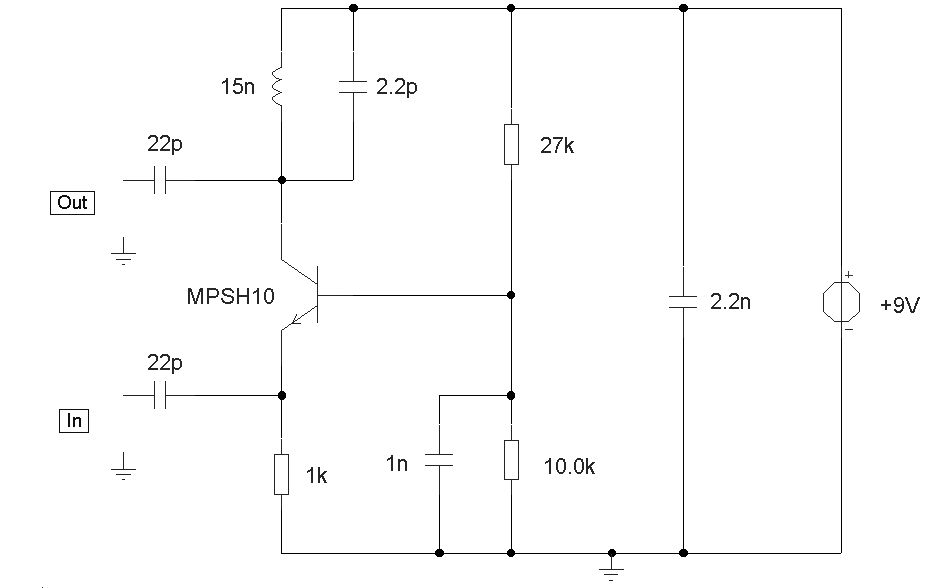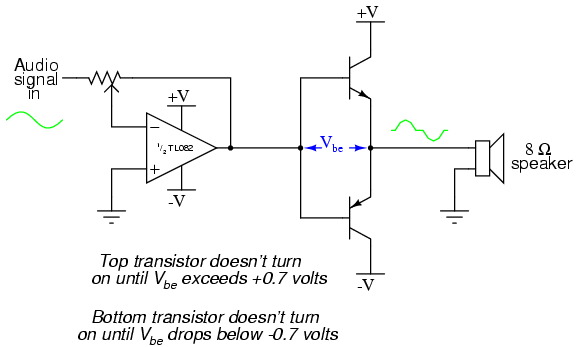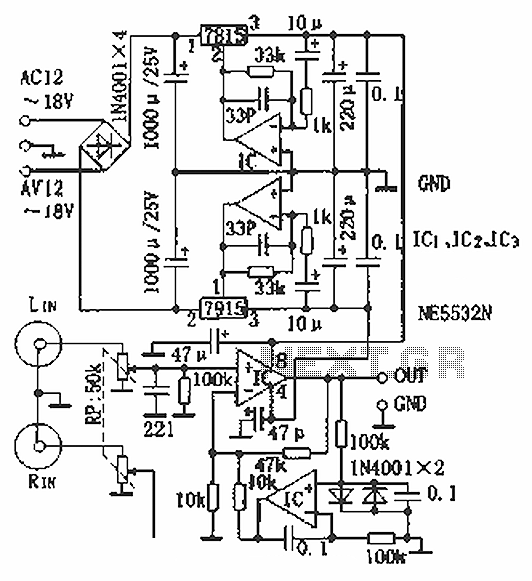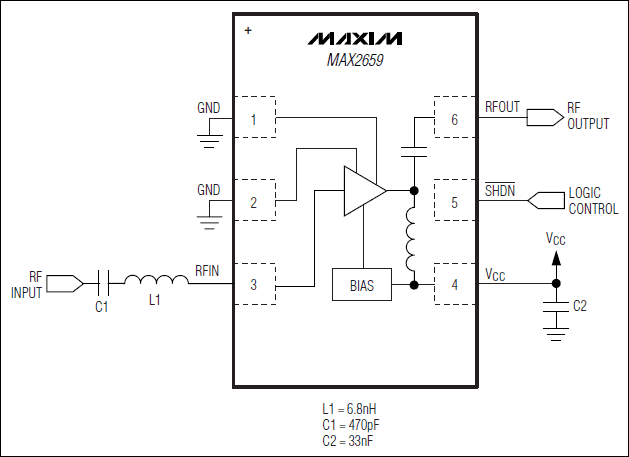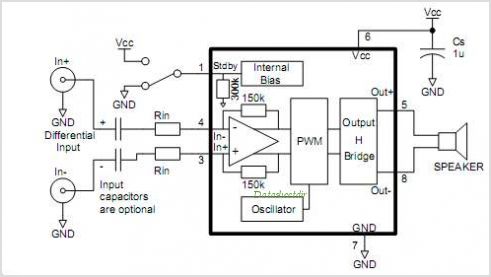
Wideband Amplifier
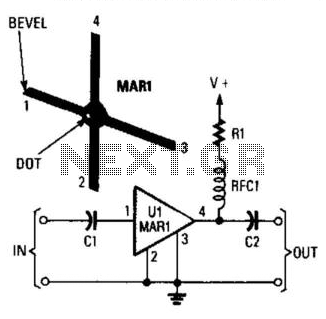
This wideband amplifier utilizes a MAR1 integrated circuit (IC), functioning as a gain block. The device is produced by Mini-Circuits Lab and provides a gain of +13 dB from DC to 1000 MHz. The load resistor (Rl) is chosen to deliver a 17 mA current to the IC at +5 V. For a 12 V supply, the value is approximately 470 ohms. The RF choke (RFC1) typically ranges from 1 to 5 ohms.
The wideband amplifier design leverages the MAR1 IC, which is specifically engineered for high-frequency applications, making it suitable for RF amplification tasks. The +13 dB gain ensures that signals are amplified sufficiently across the specified frequency range, which is critical for maintaining signal integrity in communication systems.
The selection of the load resistor (Rl) is pivotal for regulating the current flowing through the IC. By providing a 17 mA current at a +5 V supply, the amplifier operates efficiently within its designed parameters, ensuring optimal performance. The choice of a 470-ohm resistor for a 12 V supply indicates the need to adjust the load to match the power supply voltage while maintaining the desired current level. This adjustment helps in stabilizing the amplifier's operation and preventing distortion of the amplified signal.
The RF choke (RFC1) plays a significant role in isolating the amplifier from power supply noise, which is crucial for maintaining the amplifier's performance, especially in high-frequency applications. The typical range of 1 to 5 ohms for RFC1 suggests that it is designed to have minimal impact on the circuit's overall impedance while effectively filtering out unwanted signals.
In summary, this wideband amplifier circuit is optimized for high-frequency applications with careful consideration of component values to ensure reliable and efficient operation across a broad frequency spectrum. This wideband amplifier uses a MAR1 IC, which is a gain block. The device is manufactured by Mini-Circuits Lab and offer s + 13-dB gain from dc to 1000 MHz. Rl is selected to provide 17-mA current to Ul at + 5 V. For 12-V supply ^ = 470 . RFC1 is typically 1 to 5 .
The wideband amplifier design leverages the MAR1 IC, which is specifically engineered for high-frequency applications, making it suitable for RF amplification tasks. The +13 dB gain ensures that signals are amplified sufficiently across the specified frequency range, which is critical for maintaining signal integrity in communication systems.
The selection of the load resistor (Rl) is pivotal for regulating the current flowing through the IC. By providing a 17 mA current at a +5 V supply, the amplifier operates efficiently within its designed parameters, ensuring optimal performance. The choice of a 470-ohm resistor for a 12 V supply indicates the need to adjust the load to match the power supply voltage while maintaining the desired current level. This adjustment helps in stabilizing the amplifier's operation and preventing distortion of the amplified signal.
The RF choke (RFC1) plays a significant role in isolating the amplifier from power supply noise, which is crucial for maintaining the amplifier's performance, especially in high-frequency applications. The typical range of 1 to 5 ohms for RFC1 suggests that it is designed to have minimal impact on the circuit's overall impedance while effectively filtering out unwanted signals.
In summary, this wideband amplifier circuit is optimized for high-frequency applications with careful consideration of component values to ensure reliable and efficient operation across a broad frequency spectrum. This wideband amplifier uses a MAR1 IC, which is a gain block. The device is manufactured by Mini-Circuits Lab and offer s + 13-dB gain from dc to 1000 MHz. Rl is selected to provide 17-mA current to Ul at + 5 V. For 12-V supply ^ = 470 . RFC1 is typically 1 to 5 .
